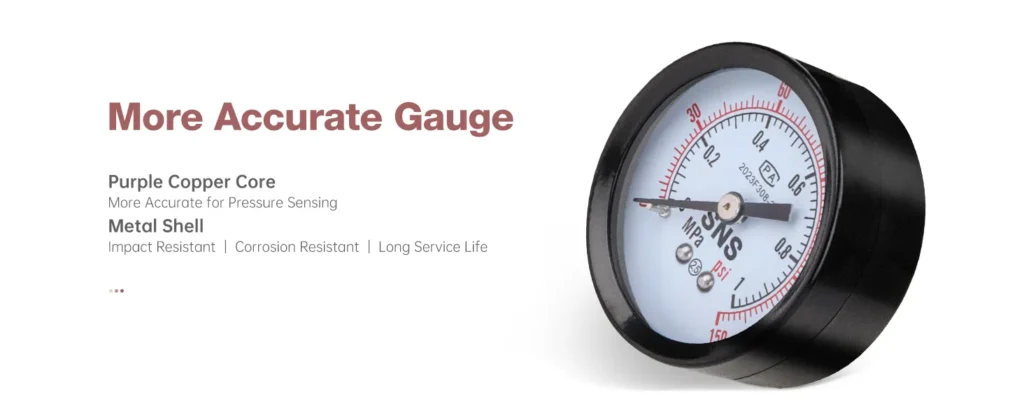A Comprehensive Guide to Selecting Air Source Treatment Components
Air source treatment components play a crucial role in modern industrial automation and pneumatic systems. Their selection directly impacts system performance, reliability, and equipment longevity.
This guide provides technical professionals with comprehensive insights into selecting the right components.
Understanding System Requirements
Before selecting specific components, a thorough analysis of system requirements is essential. This foundational step determines the success of your component selection.
Flow Rate Assessment
The system flow rate calculation must consider several key factors:
Qsystem = ∑(Qi × Ki) × (1 + α)
Where:
Qi = Rated flow of each pneumatic device
Ki = Usage factor (typically 0.6-0.8)
α = System margin (recommended 20-30%)Pro Tip: Always include a safety margin for system expansion and peak demand periods.
Pressure Level Requirements
Critical pressure considerations include:
- Minimum working pressure for end devices (typically 0.4-0.6 MPa)
- System pressure losses (approximately 0.15 MPa)
- Regulator pressure drop (about 0.1 MPa)
- Filter pressure drop (about 0.05 MPa)
Professional Filter Selection
Filtration Grades
| Application | Filtration Grade | Recommended Level |
|---|---|---|
| General Tools | 5-40μm | Coarse |
| Precision Components | 0.3-5μm | Fine |
| Instruments | 0.01-0.3μm | Ultra-fine |
Efficiency Considerations
Key performance indicators:
- Initial pressure drop: 0.02-0.03 MPa
- Replacement threshold: 0.1 MPa
- Proper sizing to avoid excessive flow velocity
Regulator Technical Parameters
Pressure Characteristics
Modern regulators should meet these specifications:
- Regulation accuracy: ±1% full scale
- Repeatability: ±0.5% full scale
- Smooth pressure curve without significant fluctuations
Flow Coefficient Selection
Cv = Q / (14.42 × √ΔP × P2)
Where:
Q = Required flow rate (L/min)
ΔP = Pressure drop (bar)
P2 = Secondary pressure (absolute bar)Lubricator Selection Criteria
Oil Mist Properties
Critical factors for optimal lubrication:
- Particle size control
- Feed rate precision
- Atomization uniformity
Lubricant Selection Guide
| Temperature Range | ISO Grade ISO | Special Requirements |
|---|---|---|
| 0-40°C 0-40℃ | VG32 | Good low-temp fluidity |
| 15-50°C 15-50℃ | VG46 | General purpose |
| 30-60°C 30-60℃ | VG68 | High temp stability |
Material Compatibility
Standard Applications
- Body: Anodized aluminum
- Seals: NBR or HNBR
- Sight glass: PC or reinforced glass
Special Environment Applications
- Corrosive: 316L stainless steel
- Food-grade: FDA-certified materials
- High temperature: Specially treated aluminum or stainless steel

Installation & Maintenance
Installation Requirements
- Proper sequence: Filter → Regulator → Lubricator
- Accessible location for maintenance
- Adequate service space
- Vibration and temperature considerations
Maintenance Schedule
Weekly Checks:
- Pressure differential
- Leakage inspection
Monthly Checks:
- Oil levels
- Auto-drain functionality
Quarterly Checks:
- Filter element condition
- Seal integrity
Conclusion
Selecting appropriate air source treatment components requires careful consideration of multiple factors. This guide provides a framework for making informed decisions that optimize system performance and reliability.


